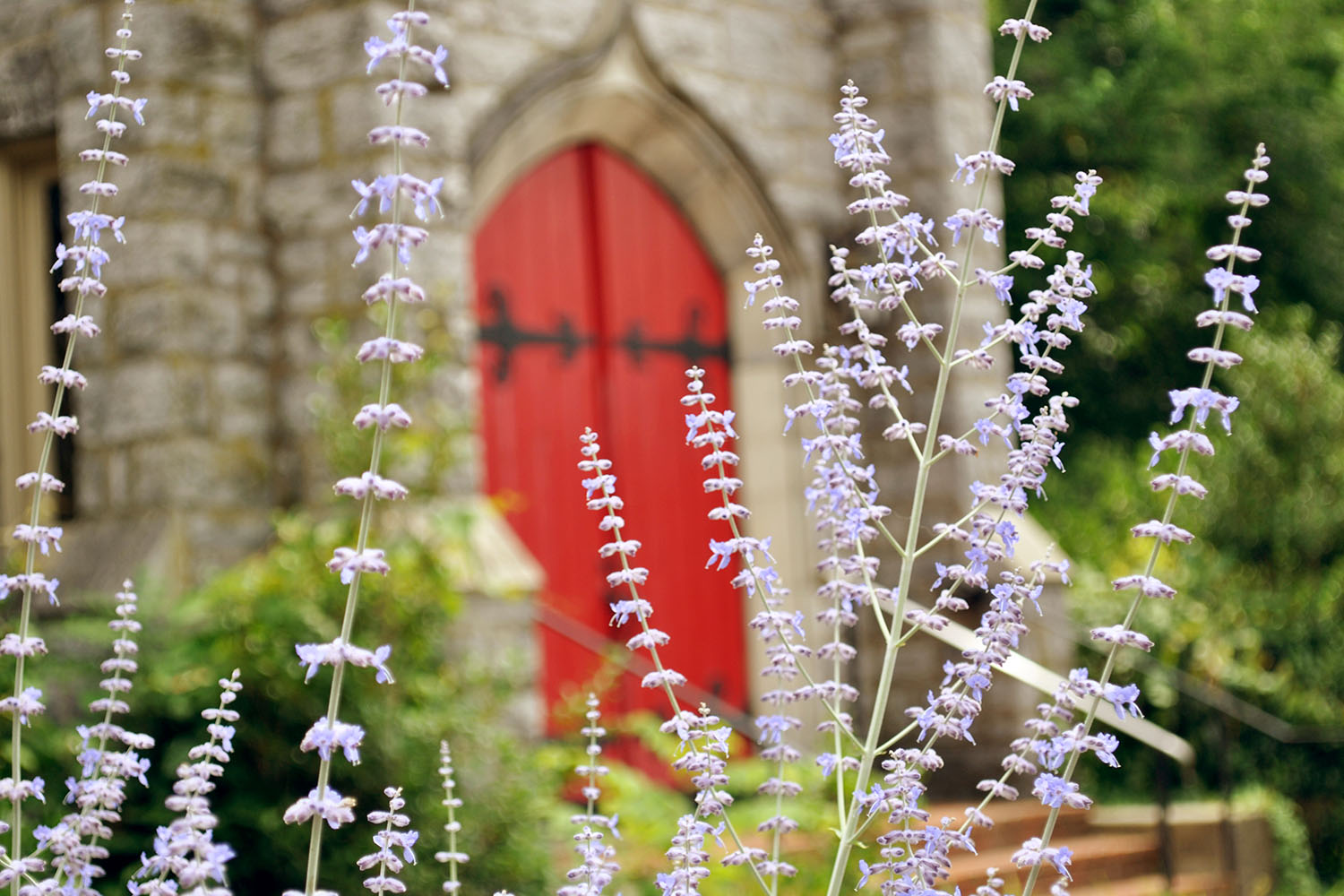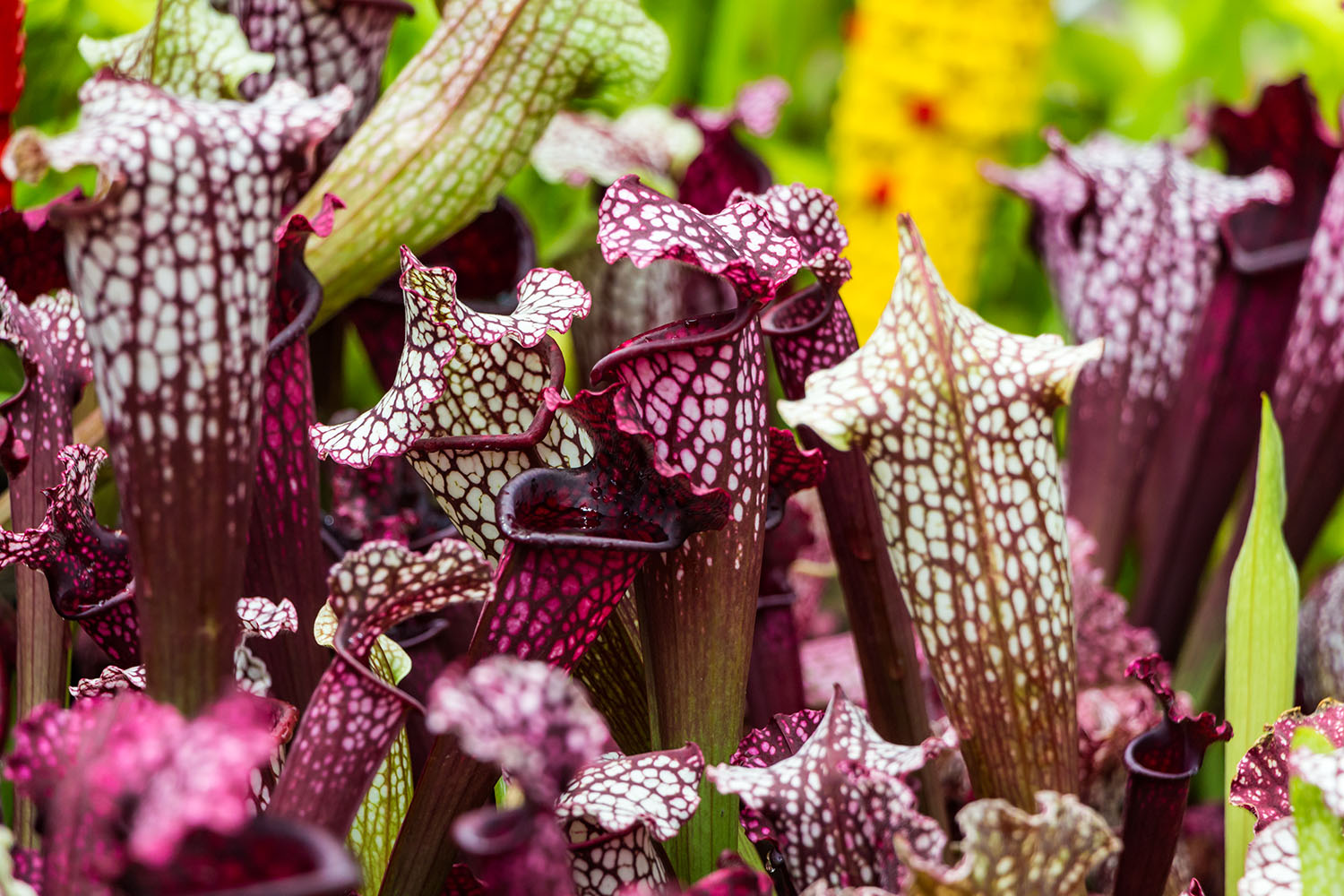
Furry Friday: Meet Bobby!
About Me:
Bobby is lovable guy with a heart full of curiosity and a nose for adventure. He’s got medium energy and gets excited for outings-so don’t be surprised if he gets a little jumpy when the leash comes out. But once he’s outside and away from the chaos of the shelter, Bobby’s sweet and playful side really starts to shine.
Bobby lives for belly rubs, snuggles, and being close to his people. He’s learning his manners and already takes treats gently, which makes training a breeze. While he can be a bit reactive to other dogs in the kennel environment, he’s making great progress in doggie playgroups, playing well with both male and female dogs. After a moment to warm up, he engages in bouncy, playful fun.
During a recent outing with a volunteer, he enjoyed a car ride, a trip to the groomers, and some decompression time relaxing at the volunteer’s backyard.
Whether he’s sniffing every inch of the yard like a true explorer or learning the ropes of polite doggy play, Bobby is eager to grow, learn, and love. He’d thrive with a family ready to offer guidance, patience, and maybe a backyard where he can put his nose to work.
If you’re looking for a goofy, affectionate, and trainable companion, Bobby’s ready to be your best friend-and your most loyal adventure partner.
Although he is heartworm positive, it is treatable and not contagious. Friends of Wake County Animal Center has provided a $1,000 sponsorship to help cover the cost of treatment.
If you’re interested in learning more about him, please reach out to our volunteer matchmakers at [email protected] with the subject line “Bobby/panda 247480”.
He is up to date on vaccinations, flea/tick, and heartworm prevention, is microchipped, and will be neutered prior to going home. If you have dogs or cats, we recommend slow introductions over time. If you have children in your home, we recommend supervision between animals and children at all times.
Bobby/panda 247480
Australian Cattledog
Male
Age: 2 years and 2 months
Weight: 57 pounds
Spayed/Neutered: Yes
Location: Shelter
Date In Shelter: 4/9/2025
Heartworm Positive – $1000 Medical Sponsorship towards treatment
Powered by The Aluminum Company of North Carolina!

Your number one choice for windows, doors, gutters, and exterior home remodeling. Visit them at aluminumcompany.com for a free estimate.

Furry Friday: Meet Sparky!
About Me:
Sparky is a dog who loves with his whole heart. He is friendly and affectionate with everyone he meets. Sparky prefers being near people and will happily nap by your side on the couch (most often with at least some part of his body touching yours) or at your feet. He is still learning about personal space, but he is capable of resting independently and out of sight. Sparky deeply enjoys belly rubs and his gentle snores are endearing.
Sparky is a playful boy with a nice medium energy who loves extra strong chew toys and a rope to prance around with. He entertains himself quite well with his toys and has not put his mouth on any item in the house that doesn’t belong to him. He is a curious boy who will follow you around to see what you’re up to. Sparky is potty-trained and sleeps in his crate overnight without making a peep. He also did great with his bath!
Sparky is excellent on leashed walks around the neighborhood and greenways and non-reactive to passing dogs. Sparky wants to please and is very treat-motivated. (He takes treats gently.) He knows sit and down already and is working on stay, come, and place. He is making strides at learning to rest on his bed while we eat dinner instead of coming to the table. He responds well to calm and firm verbal commands and correction.
If you want a devoted snuggle buddy and stellar companion who truly thinks the world of you then please meet Sparky!
Sparky 261757
Breed: American Staffordshire Terrier
Sex: Male
Age: 6 years and 4 months
Weight: 55.5 pounds
Spayed/Neutered: No
Location: Shelter
Date In Shelter: 7/7/2025
Powered by The Aluminum Company of North Carolina!

Your number one choice for windows, doors, gutters, and exterior home remodeling. Visit them at aluminumcompany.com for a free estimate.

Celebri-TEA News, Presented by Once Upon a Child
All this week, Celebri-TEA News is presented by Once Upon a Child in Raleigh, where you’ll find baby and kids’ stuff for less. Once Upon a Child’s Raleigh location is conveniently located at 6411 Plantation Drive, just off of Capital Blvd.

Tending God’s earth: a journey of faith through gardening
By MIKE RALEY WPTF Weekend Gardener
I have always believed that God is in everything. There can be nothing on Earth to which this idea applies more than a garden. Don’t forget — one of God’s first creations was the Garden of Eden. George Bernard Shaw once wrote, “The best place to find God is in a garden.”
For me, gardening has become a spiritual quest. I would like to say I have been a gardener all my life, but truthfully, I hated pulling weeds as a boy and never pursued working in God’s earth until I was unexpectedly thrown into hosting a radio gardening show more than four decades ago.
Now, my life revolves around my family, the small patch of ground where my house sits, and one of the most exquisite and sacred settings in Raleigh — the church grounds of St. Michael’s.
When I need to relax from the daily grind or pray about life’s difficulties, I come to St. Michael’s. I walk the labyrinth path, sit on a bench and try not to think — just breathe in the fragrances and absorb the beauty around me. Yes, I still pull weeds and plant shrubs, trees and flowers — though not as often as I’d like. It’s my small contribution to the eight acres donated to our congregation more than 60 years ago. It’s a mission — a spiritual mission. Few things feel more sacred than working the soil of a church campus.
In 2009, I decided to contribute more to my church than the typical Sunday duties many of us take on to lend a hand. I attended my first grounds committee meeting — and left that chilly March evening as chairman. My head spun at first, but I took it as a sign that God wanted me to grow spiritually and deepen my gardening education.
Eight years later, I’m still the chairman of the grounds committee. Joining that group and devoting myself to a part of God’s work has introduced me to some of the finest people I’ve ever known. We affectionately call them the “lay weeders.” They are dedicated members of our parish who, along with our groundskeeper, Jesus, nurture these grounds with the love only a gardener can feel.
One of my favorite garden prayers reads:
“Help us, O God, to be ever mindful of the beauties around us. May we grow with our flowers in gentleness, patience, courage, laughter and faith.
As we turn the brown soil and plant our seed, may we learn faith — in the goodness of the earth, the clemency of the sun, the fullness of the clouds.
May we be grateful for the privilege of being coworkers with God in the creation of even one tiny flower.
And grant that we may know the great joy that comes from sharing with others.”
Yes, God is in the people, the buildings and the gardens of St. Michael’s. From the succulents and mondo grass in the Memorial Garden to the fragrant winter daphne in the Manly Garden to the roses that greet parishioners and visitors season after season, the gardens of St. Michael’s are a part of God’s creation and our spiritual education.

Furry Friday: Meet Forest!
Hi! My name is Forest. If you are looking for an ideal companion, then look no further because here I am! I am already housebroken, know sit and shake, and I love the outside! I enjoy snuggling with you if you will let me, and like a good romp in a fenced-in backyard. My favorite thing is being outside. I do not like to be crated, but I am such a good boy that I don’t need to be!
My foster mom thinks I might have accidentally escaped from my people since I was caught chasing a deer. Since my prior owner could not be found, I find myself in need of a new home. My only requirement is a home with no small animals, (cats, rabbits, chickens, etc.,) and no small children. My ideal home would be with a stay-at-home worker who takes me on walks or lets me roam in the fenced yard. I need a strong alpha owner who is familiar with dog behavior.
If you are looking for a new friend who will not require much training, just a bit of time to understand your expectations, I would love to meet you! And, hey, I am even neutered so I can go home with you right away!
If you’re interested in learning more about me, please email [email protected] with the subject line “Forest 251717.”
About Forest:
Breed: Shepherd
Sex: Male
Age: 5 years, 4 Months
Weight: 70 pounds
Spayed/Neutered: Yes
Location: In Foster Care
Date In Shelter: 7/16/2024
Powered by The Aluminum Company of North Carolina!

Your number one choice for windows, doors, gutters, and exterior home remodeling. Visit them at aluminumcompany.com for a free estimate.

Matt Murphy’s Stocking Stuffers
Matt Murphy wants to make sure those stockings are FULL this holiday season. He’s teamed up with the Country Connection Western Store to make sure they are!
Win Matt Murphy’s 7:10 a.m. Carpool Games and you get to reach into Matt’s Stocking and see what you win!
Along with the prize in the stocking, every Carpool Games winner will receive a $50 gift card to the Country Connection Western Store!
Stocking stuffer prizes include:
- Amazon Echo Dot
- Keurig K-Mini
- Superbox S7 Pro
- Bluetooth Shower Speaker
- Bluetooth Sleep Mask Headphones
- $50 El Jimador Gift Card
- $50 Brigs Gift Card
- Turkey Fryer Kit
- Patio Furniture Set
- And More!






Furry Friday: Meet Kaldur!
Kaldur is a 1½-year-old with a strong, athletic build and a calm, steady demeanor. During playgroup, he showed that he enjoys active play, happily romping one-on-one with a female dog.
He’s not overly excitable, but draws people in with his quiet confidence and thoughtful nature. A small scar above his eye hints at some past experience but doesn’t slow him down. Petting Kaldur is like touching velvet and, once you’re in, he’ll lean into your affection with quiet appreciation.
On walks, Kaldur may pull a little and show mild reactivity to other dogs, but he responds well to redirection—especially when treats are involved (treats RULE!). He takes treats gently and is motivated by positive reinforcement, making training a good way to bond with him.
Kaldur appreciates patience and gentle handling. He may take some time to warm up, but is loyal and affectionate once comfortable. He’s happiest in a calm, consistent home where he can feel safe and relaxed.
If you’re interested in learning more about him, please reach out to our volunteer matchmakers at [email protected] with the subject line “Kaldur 262716”.
Kaldur is up to date on vaccinations, flea/tick, and heartworm prevention, is microchipped, and will be neutered prior to going home. If you have cats, we recommend slow introductions over time. If you have children in your home, we recommend supervision between animals and children at all times.
About Kaldur:
Breed: American Staffordshire Terrier
Sex: Male
Age: 1 year, 9 Months
Weight: 51.5 pounds
Spayed/Neutered: No
Location: Shelter
Date In Shelter: 8/10/2025
Powered by The Aluminum Company of North Carolina!

Your number one choice for windows, doors, gutters, and exterior home remodeling. Visit them at aluminumcompany.com for a free estimate.

This NC plant eats bugs for breakfast — and looks beautiful doing it
By MIKE RALEY WPTF Weekend Gardener
Most of us have seen or have some knowledge of the most iconic plant in the world: It’s the “Venus Flytrap”, which is native to a small area of southeastern North Carolina. One of its cousins, also a native to the “Tar Heel State”, is the venerable “Pitcher Plant”. It is also carnivorous and has an equally insatiable appetite for insects. This is another plant I don’t have in my landscape. I do need one after seeing the crop of the Purple Pitcher Plant at the North Carolina Botanical Gardens in Chapel Hill.
“Sarracenia purpura” is a striking, fascinating, sneaky plant that just loves creatures like bugs, spiders, and small frogs! Find it growing in marshes and bogs along the eastern seaboard, all the way up into zone 3. It has upright pitcher-shaped leaves that are open to collect rainwater. Insects are attracted to droplets of nectar on the rim of the leaves and the leaf color. Interested insects and amphibians crawl into the tube where some hairs grow to prevent them from getting back out. There is of course water at the bottom that contains special enzymes. The victims eventually fall in the water, drown, and are digestive. What a meal! The folks at the extension service point out the larvae of the Pitcher Plant fly which feeds on the remains of dead insects.
To provide the correct environment for the Pitcher Plant you need a bog garden that you may happen to have on your tract of land or you have to create one which can be tedious and time-consuming. Probably not! Fortunately, they can be grown in specially prepared containers.
Now how do you design a bog garden you ask? Find a location in a really low location on your property, possibly near a downspout or even a ditch. You need at least 6 hours of sun too. That’s essentially full sun. Create a perimeter and dig down 12 to 18 inches. Still want to tackle this? Then place a pond liner in the hole and make sure it extends up the sides of the hole. The liner will need to be anchored with rocks, etc. Cover the bottom with some sand. Add a soil mix of 5 parts peat moss and 1 part sand. You can also add some sphagnum moss. It likes very acidic soil. Anne Clapp would recommend playground sand. Water the soil mix thoroughly. Now add a variety of bog-loving plants to the mix. For the Pitcher Plant, don’t get any of the soil in its crown, keep the soil consistently wet, as it sports shallow, fibrous roots. Don’t fertilize the Pitcher Plant and don’t feed it insects. If the plant is happy, it will use natural abilities to sustain itself. I have read that they can live 50 years!
There are many varieties of Pitcher Plants available for sale in catalogs and you may find them in a carnivorous plant nursery. However, they are now rare in the wild because of poaching and changes to their habitat, so don’t harvest one if you happen upon it. I have read that over 97 percent of the Pitcher Plant’s habitat has been destroyed by development.
The “Sarracenia purpura” does have a couple of disease issues and few insect problems believe it or not. It can’t eat everything! Try if you must to grow one. But if you are not that ambitious, at least appreciate this unique carnivorous native wonder plant while it is still around.

Furry Friday: Meet O’Romeo!
Meet O’Romeo, a 70-pound bundle of energy, heart, and charm! With his lively spirit and affectionate nature, this handsome guy is ready to find a forever family that matches his adventurous soul and gives him all the love he deserves.
O’Romeo might be a bit of a “Tasmanian whirlwind” when pulling through the kennels (hey, he’s just excited!), but once he hits the play yard, he channels his inner lover boy. During a recent playdate, he and another dog, Joy, made the most adorable “couple,” rolling, bouncing, and canoodling in the yard like a pair of goofy best friends. Their one-on-one time was full of joy and connection—proof that Romeo knows how to turn on the charm when it counts!
He’s still polishing up his leash manners, but he’s already potty-trained, takes treats gently, and knows “sit.” He’s a fast learner who responds well to consistency, structure, and a little patience.
O’Romeo has had a couple of false starts—returned once due to allergies and another time because his energy was too much—but each time, he’s proven he’s a loving, playful boy who just needs the right fit. With plenty of playtime, training, and affection, he’s bound to flourish.
If you’re looking for a fun-loving, affectionate companion who’s equal parts goofy and gallant, O’Romeo might just be your perfect match. Come meet this spirited sweetheart and let the love story begin!
If you’re interested in learning more about O’Romeo, please reach out to our Volunteer Matchmakers at [email protected] with the subject line “O’Romeo 254187.”
O’Romeo is up to date on vaccinations, flea/tick, and heartworm prevention, is microchipped, and already neutered. If you have dogs or cats, we recommend slow introductions over time. If you have children in your home, we recommend supervision between animals and children at all times.
About O’Romeo:
Breed: American Staffordshire Terrier
Sex: Male
Age: 4 years
Weight: 68.5 pounds
Spayed/Neutered: Yes
Location: Shelter
Date In Shelter: 6/12/2025
Powered by The Aluminum Company of North Carolina!

Your number one choice for windows, doors, gutters, and exterior home remodeling. Visit them at aluminumcompany.com for a free estimate.


Furry Friday: Meet Baked Potato!
The word on the street is that you’re looking for a fun and loving unconditional partner. Here I am, Baked Potato. I would like to make my case that I truly AM the best boy in town!
My first check is that I am so quiet. My foster forgets about me when she puts me in a room! I also am a gentleman in the room. I know my business goes outside, my friend. Now, I don’t bother anything, but if you are more the crate type of person, count me in. You see, my goal is to make your life fun and comfortable. People are everything to me. My foster loves the way I cuddle nose to nose with her. Wherever the human is, that is where you will find me. I would be a terrific work buddy because I will be quiet and just sit by you. Now, I still have some zoomies in me, but I also have that calm cucumber vibe as well! Since I am young, I can learn new tricks and go with you on those great trails you would like to walk.
I am a pup who’s just so eager to play that I sometimes forgets my manners. I may pounce a bit hard or get a little overzealous, but it’s all in good fun. There is no malice in my zoomies… just a pure zest for life. Once I get my wiggles out, I can settle in and enjoy the company of my dog friends. I have played successfully with both males and females, but I do best with confident, tolerant dogs who don’t mind my bold playstyle. I might try to tip the scales with a dominant male, so a well-matched buddy (or slow introductions) will help me shine.
I know how to sit, takes treats gently, and love cuddles and sitting right by your side. I am easy to collar and don’t react at all when walking past barking dogs. Once outside, I am a good walker—no pulling—and I love to explore and to learn about the world.
If you’re interested in learning more about me, please reach out to our volunteer matchmakers at [email protected] with the subject line “Baked Potato 260890”.
Baked Potato is up to date on vaccinations, flea/tick, and heartworm prevention, is microchipped, and is neutered. If you have dogs or cats, we recommend slow introductions over time. If you have children in your home, we recommend supervision between animals and children at all times.
About Baked Potato:
Breed: American Staffordshire Terrier
Sex: Male
Age: 2 years, 4 months
Weight: 68 pounds
Spayed/Neutered: Yes
Location: Shelter
Date In Shelter: 6/5/2025
Powered by The Aluminum Company of North Carolina!

Your number one choice for windows, doors, gutters, and exterior home remodeling. Visit them at aluminumcompany.com for a free estimate.
